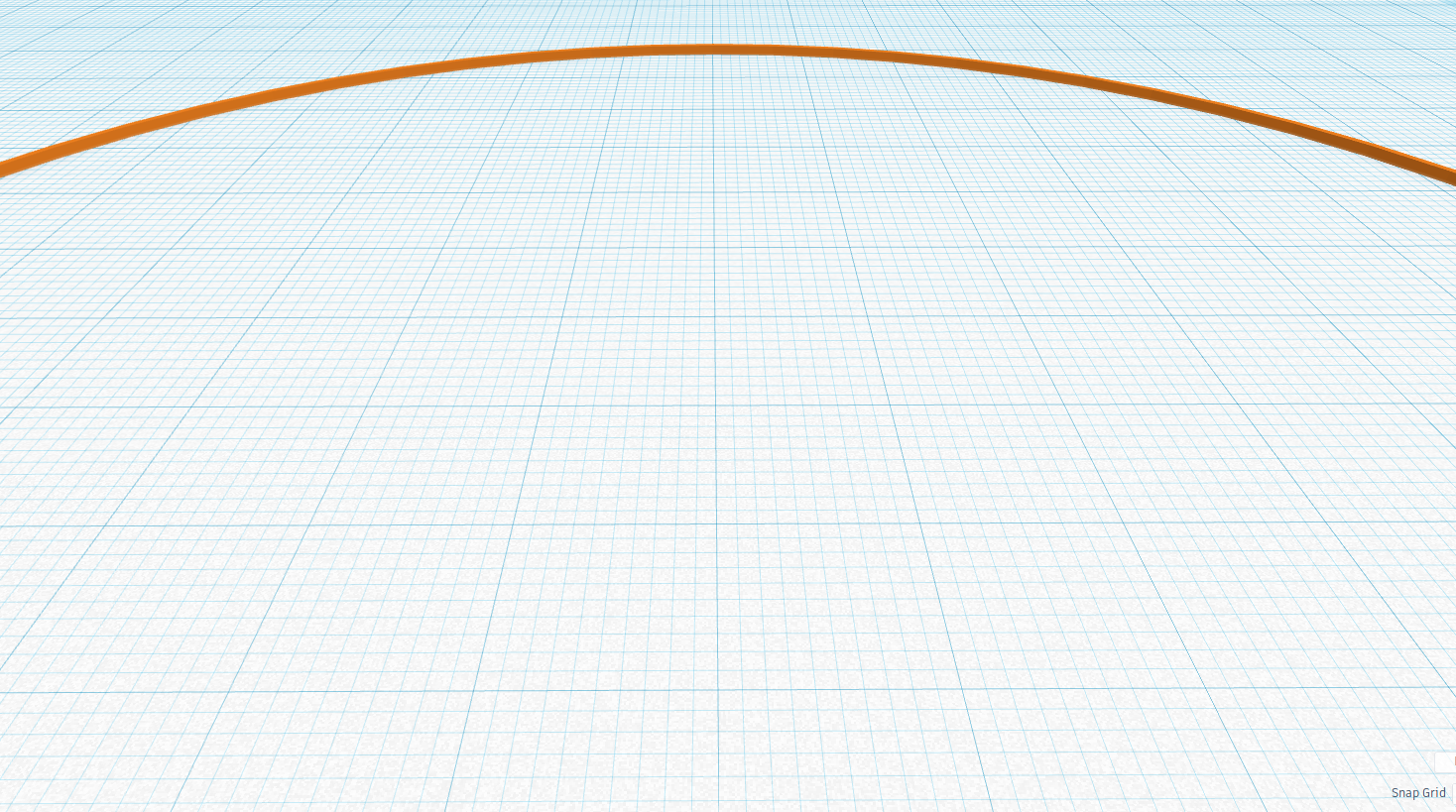That’s the curve of the earth? The earth would be tiny if you're saying that’s the curve of the earth.
That's true: if that was the curve of the Earth the Earth would be tiny - and one thing I've learned when discussing this with people is it's not always obvious what we're seeing here, and that not many people are immediately aware of the difference between
the curve of the Earth and
the curve of the horizon.
What we're seeing here is the curve of the horizon, which exists as a
result of the surface of the Earth being curved.
The clearest and easiest way I've found to understand it is to think of the horizon as the edge of a flat disk, with the observer hovering above the centre of it - which is how it would be if one was, say, on an oil rig in the middle of the sea.
Maybe these pictures will help:


Obviously not to scale, but I think they help illustrate the point. The red guy is on a sphere and whichever direction he looks in, the horizon is always the same distance away, forming a 360° circle, which is what we're seeing in these photos.
The amount of curve actually depends on the observer's elevation, as shown in this diagram here:

The difference between the curve of the Earth and the curve of the horizon perhaps helps explain Neil deGrasse Tyson's puzzling statement that Felix Baumgartner wouldn't have seen the curve of the Earth from 120,000 feet: we'd actually have to be many thousands of miles away to see the a curve that wasn't the curve of the horizon, and even the astronauts on the ISS are still seeing 'the curve of the horizon' - admittedly a very large and unmistakeable one, at that altitude.
Why do you have to magnify the curve anyway? That seems to be a real issue with this subject.
By "magnify", do you mean "why do we have to vertically stretch the images?"
Actually, we don't. This video from a pilot flying at 46,000 feet very clearly shows the curve of the horizon without any "magnification":
Source: https://www.youtube.com/watch?v=9DDwx18JT9Y
And in this one I zoom in on a photo I took and show that the curve can be seen very clearly without having to vertically stretch:
Source: https://www.youtube.com/watch?v=tOCodgq1oM8&t=35s
Here's a crop of the horizon from that photo, with a straight line drawn underneath it (click to enlarge):

Apart from the crop and the straight line, it's an unmodified image.
I've put all these 'curve of the horizon' images into
a public google drive folder, if anybody wants to download them.







